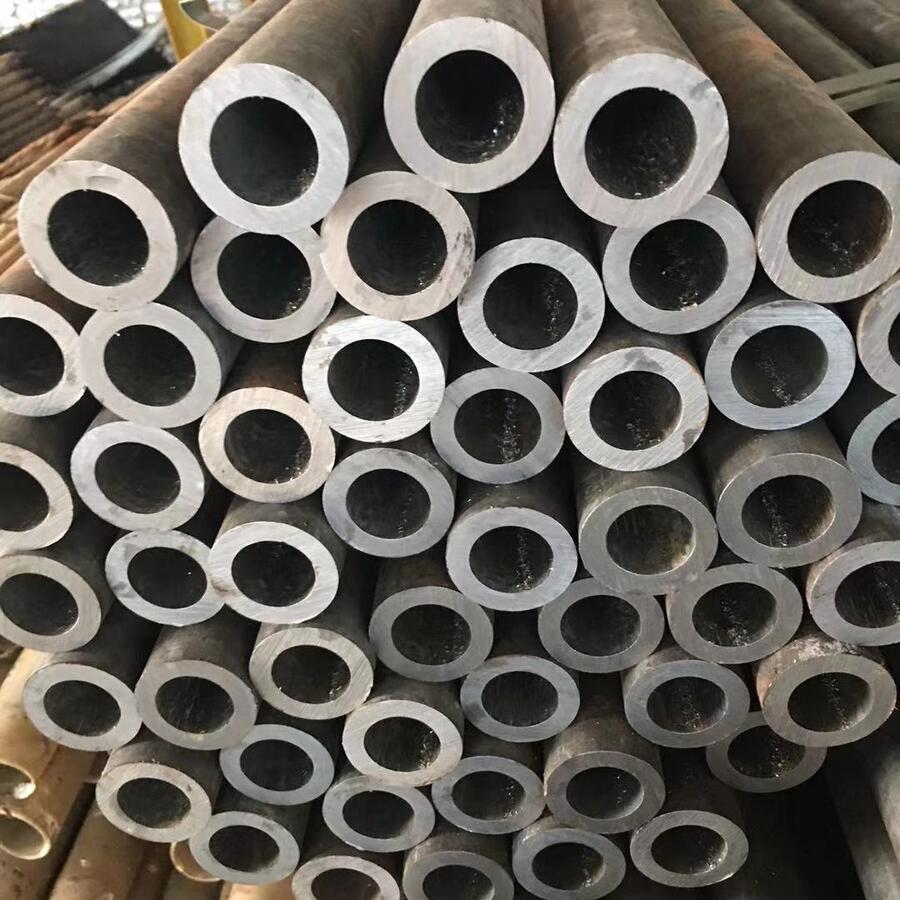В современной металлургии, а завод станов непрерывной прокатки является краеугольным камнем промышленного производства металлов. Эти предприятия оснащены высокоточным оборудованием для преобразования необработанного металла в листы., бары, или катушки с беспрецедентной консистенцией. В этой статье рассматриваются инженерные принципы., эксплуатационные параметры, и коммерческое применение этих систем, со ссылками на передовые решения от Прокатное подразделение HANI TECH и специалисты металлургического оборудования.
1. Анатомия завода непрерывной прокатки
А завод станов непрерывной прокатки обычно состоит из нескольких тандемных клетей, которые последовательно уменьшают толщину материала. Ключевые подсистемы включают в себя:
- Размотчики для подачи сырья
- Разрушители накипи для удаления поверхностных оксидов
- Кромочные фрезы для контроля ширины
- Охлаждающие кровати для управления температурой
Согласно технической документации HANI TECH., современные установки достигают допусков в пределах ±0,005 мм благодаря усовершенствованной гидравлической АРУ. (Автоматическое управление манометром) системы.
2. Критические технические параметры
Производительность завод станов непрерывной прокатки зависит от многочисленных технических характеристик. Ниже представлена подробная таблица, в которой сравниваются стандартные параметры мельниц разных типов.:
| Параметр | Стан горячей прокатки | Стан холодной прокатки | Проволочный стан |
|---|---|---|---|
| Максимальная скорость катания | 25 РС | 42 РС | 120 РС |
| Диапазон диаметров рулонов | Φ800-1400 мм | Φ450-650 мм | Φ150-300 мм |
| Температура прокатки | 900-1250°С | 20-150°С | 950-1100°С |
| Годовая мощность | 1-5 миллион тонн | 300,000-1млн тонн | 500,000-2млн тонн |
| Потребляемая мощность | 45-65 кВтч/тонна | 120-180 кВтч/тонна | 90-130 кВтч/тонна |
3. Передовые системы управления
Современный заводы станов непрерывной прокатки использовать сложную автоматизацию:
- Контроль толщины на базе ПЛК со временем отклика
- Системы определения формы с помощью лазерных профилометров
- Прогностическое обслуживание посредством анализа вибрации
Собственный продукт HANI TECH СмартМилл™ Сообщается, что технология снижает процент брака на 18% за счет оптимизации параметров в реальном времени.
4. Соображения материаловедения
Металлургические свойства проката зависят от:
- Поведение рекристаллизации во время горячей прокатки
- Эффекты наклепа при холодной прокатке
- Эволюция зеренной структуры за несколько проходов
Как показано в тематических исследованиях HANI TECH, Правильное охлаждение между клетями может повысить прочность конечного продукта на разрыв за счет 12-15%.
5. Промышленность 4.0 Интеграция
Ведущий заводы станов непрерывной прокатки теперь включите:
- Моделирование цифровых двойников для оптимизации процессов
- Системы обнаружения дефектов на базе искусственного интеллекта
- Отслеживание качества на основе блокчейна
Интеграция этих технологий снижает потребление энергии до 22% одновременно улучшая консистенцию продукта.
Для специализированных компонентов, таких как рабочие валки или гидравлические системы AGC., производители любят HANI TECH предлагаем индивидуальные решения с твердостью до 85 HSD и обработка поверхности Ra 0,1 мкм..
Мировой спрос на прецизионные металлические изделия растет, а завод станов непрерывной прокатки продолжает развиваться благодаря инновациям в области автоматизации, материаловедение, и устойчивые производственные практики.




